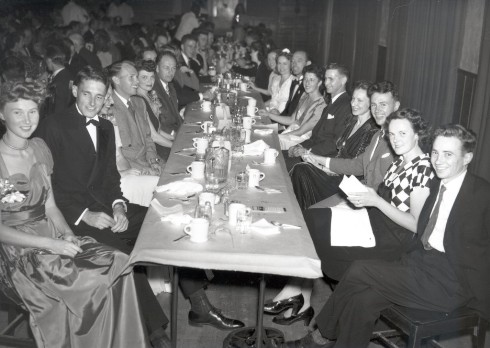The consensus process and SOA


The word is mysterious. The way in which consensus works is opaque, even while its results are highly transparent. This is in contrast to the conflict process, with its press releases, media receptions and ad campaigns on behalf of competing offerings. A transparent process aims at an opaque end.
Discussions that once were made in corporate committee rooms, over which features to add or leave out of a major new release, are now being made out in the open -- on blogs, in discussion groups, in customer offices. That's the consensus process in action.
It's that way because a consensus is created by many, many actors, each taking decisions for their own reasons, and only (it seems) coincidentally resolving to a single point.
An example of this process at work is the latest enterprise vogue, Service Oriented Architectures (SOA). In writing about a recent Forrester study of SOA, I emphasized how many companies were seeing open source as mission critical.
But the ever-wise Joe McKendrick pulled out this nugget -- 83% of the largest organizations are using SOA for internal integration. That's a consensus you can build a business on -- in this case, he says, the Enterprise Service Bus (ESB).
When vendors like IBM call for new standards within a framework like SOA, they are playing the consensus game. It is distinctly non-sexy, this ongoing discussion of SOA, ESB, and standards like ebXML.
It's an opaque process that leads to transparent solutions. Great ZDNet bloggers like McKendrick and Dana Gardner are deeper into these mysteries than I am but it is there -- and not in the headlines -- where the future is now being made.
Oh, the picture? It's from the Sierra Club's Angeles chapter, showing a 1946 chapter banquet. It is meant to celebrate Hensel Fremstad (fifth from right), whom it calls a great leader. The point is that in a consensus process you can't tell the great leaders at first glance, and all those pictured in my view were heroes.